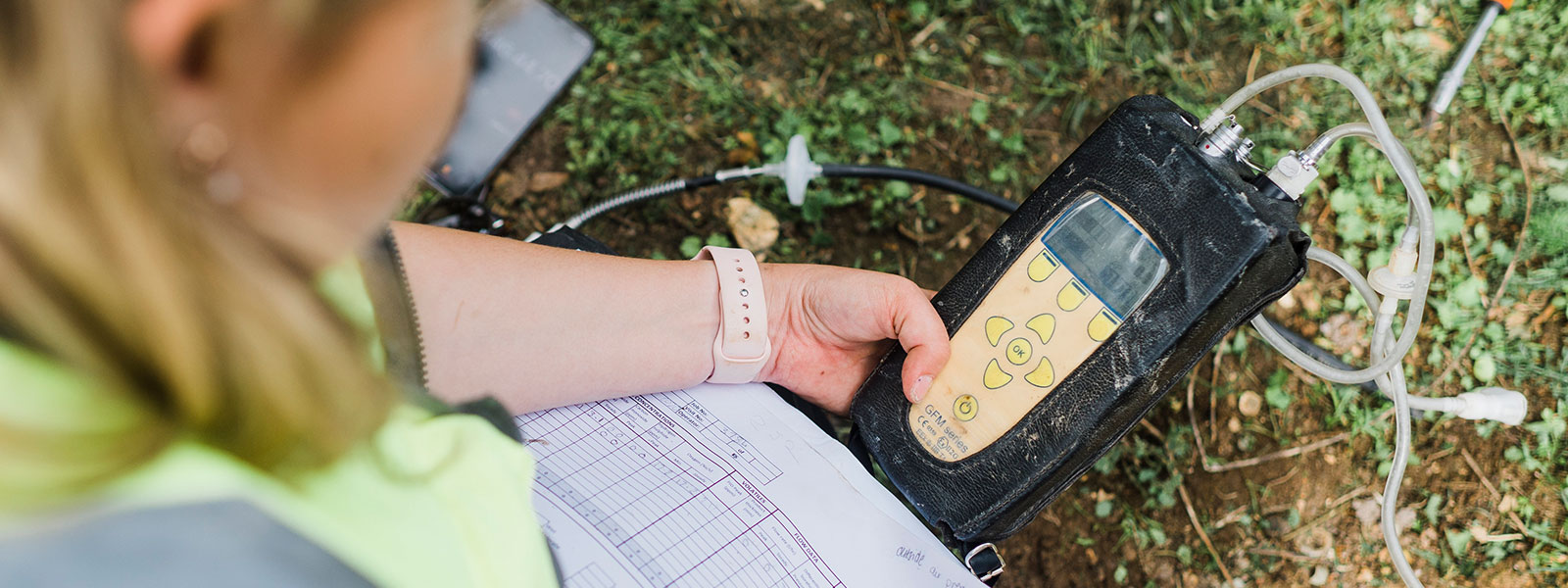Geoenvironmental Consultancy
The assessment is used to evaluate the potential for a pollution linkage and to consider the level of risk and to determine the actions required to manage or mitigate the risk. Ground & Water provides high quality holistic contaminated land solutions, which generally follow a four phased approach.

Our engineering team has a diverse range of skill sets, geoenvironmental experience and knowledge. Our One Team culture means engineers advise and mentor across projects to ensure the best possible outcome for you.
Geoenvironmental Core Services
Phase 1
Desk Study
Environmental Risk Assessment
A Phase 1 Desk Study Report forms the first stage of any construction project. The aim of the study is to provide a holistic overview of a sites’ history and environmental setting, which may then influence the objectives of the Site Investigation.
Phase 2
Site Investigation
Contamination Risk Assessment
An intrusive site investigation is tailored to your site and involves the collection and analysis of soil, surface water, groundwater and ground-gas data to locate the presence and severity of any potential sources of contamination that may present a risk to end users.
Phase 3
Remediation Strategy
If you are the owner of a contaminated site, a remediation strategy will be produced using the findings of the Phase 2 Site Investigation. A remediation strategy allows you to manage your environmental liabilities and outlines what measures need to be taken to remediate, remove or make safe residual contamination.
Phase 4
Verification / Validation
Verification and validation works are undertaken following Phase 3 remediation works. The purpose is to confirm the remedial works have been successful and documented to aid in the approval stage by regulatory bodies.
What our clients say

Seaward Properties have worked with Ground and Water since 2020 on many of our current and future projects. They are proactive in finding solutions with difficult ground conditions whilst balancing the need for best price options. In the last year they have worked on approx 10 projects for us and produced clear and concise reporting to help secure discharge of planning obligations, environmental health restrictions and to aid future planning works in the form of winter GWM and BRE soaks testing. Thank you to the team at G&W for their ongoing valued support and expertise.
Andy McKeown
Seawards Properties